13 proven strategies to increase app engagement

There are over 3.5 million Android apps in the Google Play Store, 2.2 million iOS apps in the Apple App Store, and 480,000 apps in the Amazon Appstore. The average 30-day retention rate for these apps is 5.7%.
That’s a 94.3% churn rate.
Yes, it’s challenging to stand out from your competition and drive app downloads. But user acquisition is just the beginning. So how do you turn a first-time user into a raving fan?
In this blog, we'll explore how to increase app engagement and retention with 13 examples of a successful mobile app engagement strategy.
You'll learn proven tactics on how to create a mobile app engagement strategy that retains users, generates revenue, and improves customer lifetime value by keeping users coming back.
Why is increasing app engagement important?
App engagement refers to any interaction between a user and a mobile app. Typically, the more time users spend in your app, the more content they consume, the more screens they interact with — the more engaged they are.
Engaged app users tend to spend more time and money on your products and services. They also generate more data and feedback, helping you inform product development, in-app personalization, and your app marketing strategy.
For example, engaged customers in the retail banking industry contribute 37% more revenue than those who don’t actively engage with their bank. Meanwhile, brands with highly-engaged customers are 2.2X more likely to increase their market share.
And most importantly, engagement leads to retention. 9 in 10 users who engage with an app as little as once a week are likely to retain that app.
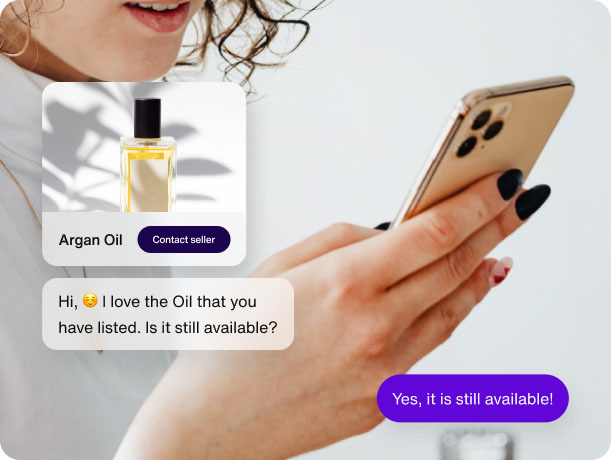
User engagement for mobile apps can take many forms — such as completing an onboarding tutorial, making an in-app purchase, or exploring your app’s content.
App engagement is a key metric for businesses. It reflects how your users interact with the app, how often, and how valuable it is to them. Basically, it’s a measure of user satisfaction.
You can track mobile app engagement metrics like total users, daily active users (DAU), monthly active users (MAU), average session length, conversion rates, and more to measure your app's engagement potential, or stickiness.

8 major support hassles solved with AI agents
13 mobile app engagement strategies to drive growth
Keeping users engaged is no easy feat in the modern attention economy. New competitors enter the market every day, while users expect more from their go-to digital experiences all the time.
Here are 13 mobile app engagement strategies proven to increase app engagement and create a sticky user experience:
1. Design an efficient app onboarding flow
If new users can’t figure out how to use your app to achieve their goals, they won’t return.
Design an intuitive onboarding flow that creates a positive first impression and reduces the barriers to using and benefiting from your app's key features.
You can simplify app onboarding in a few ways:
Reducing the steps needed to create an account
Providing clear navigation and progress updates
Revealing features gradually in context of the user flow
Teaching through action so users learn how to interact with the app
To learn more, you can also check out successful examples of app onboarding.
2. Use push notifications strategically
Push notifications appear on the home screen of a mobile device, so they’re a great way to bring inactive users back to your app. They allow you to provide helpful information, share updates, and stay top of mind even when users don’t have your app opened.
Personalized push notifications have been shown to lower app abandonment rates from 25% to 19%.
Besides sharing updates and content, you can use push notifications to deliver a personalized app experience that will increase app engagement, such as:
Suggesting new content or features
Promoting discounts on recently viewed products
Encouraging signups for your customer loyalty program
Reminding users of abandoned carts
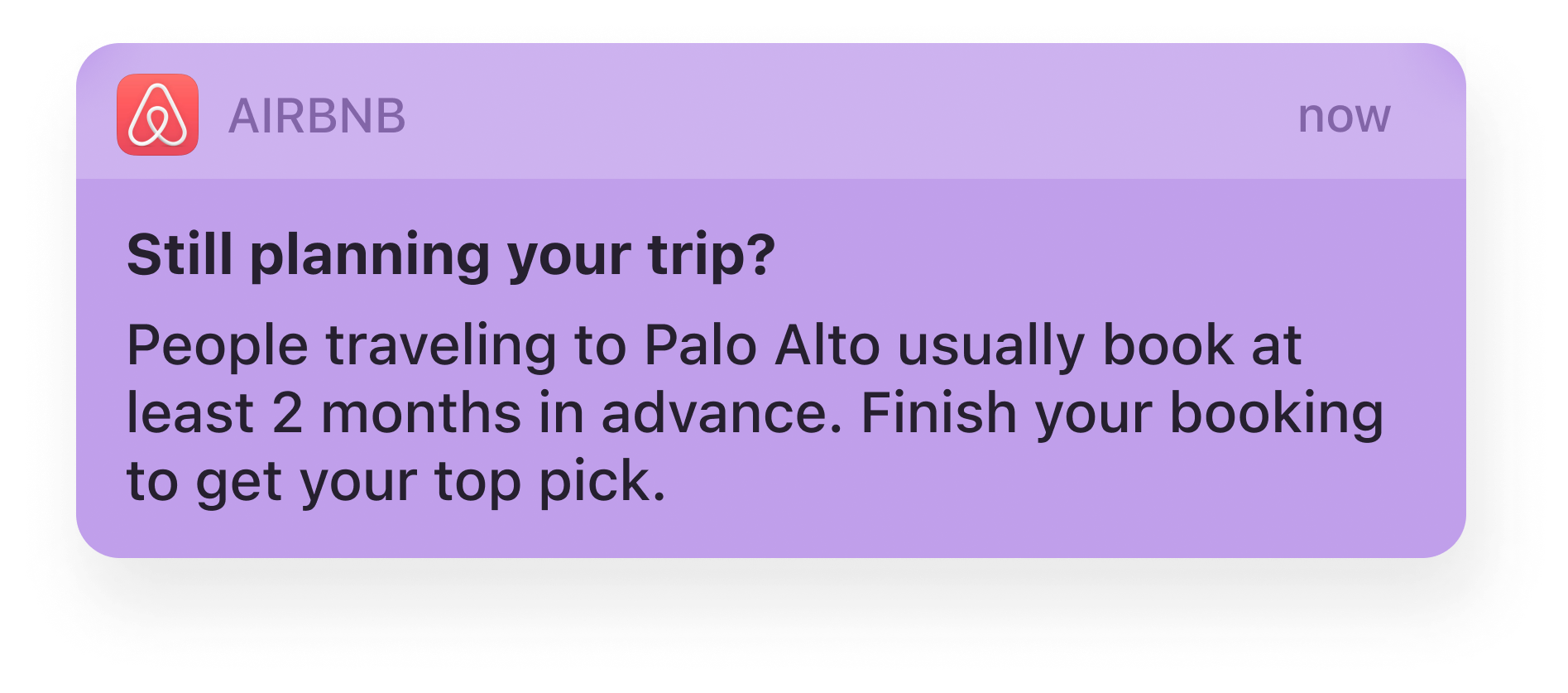
Push notifications play a key role in helping to increase app engagement, helping you stay top of mind and re-engage users with relevant content and offers.
3. Encourage feature use
Users may not have the chance to explore all of your app’s features right out of the gate.
To ensure users try your essential features they might miss, you can:
Highlight features in your app store description, welcome screens, and onboarding flow
Surface features using in-app notifications or push notifications
Follow up with email marketing
For example, Spotify uses in-app notifications to encourage feature use for its Spotify Radio feature, offering contextual tips as users navigate the app.
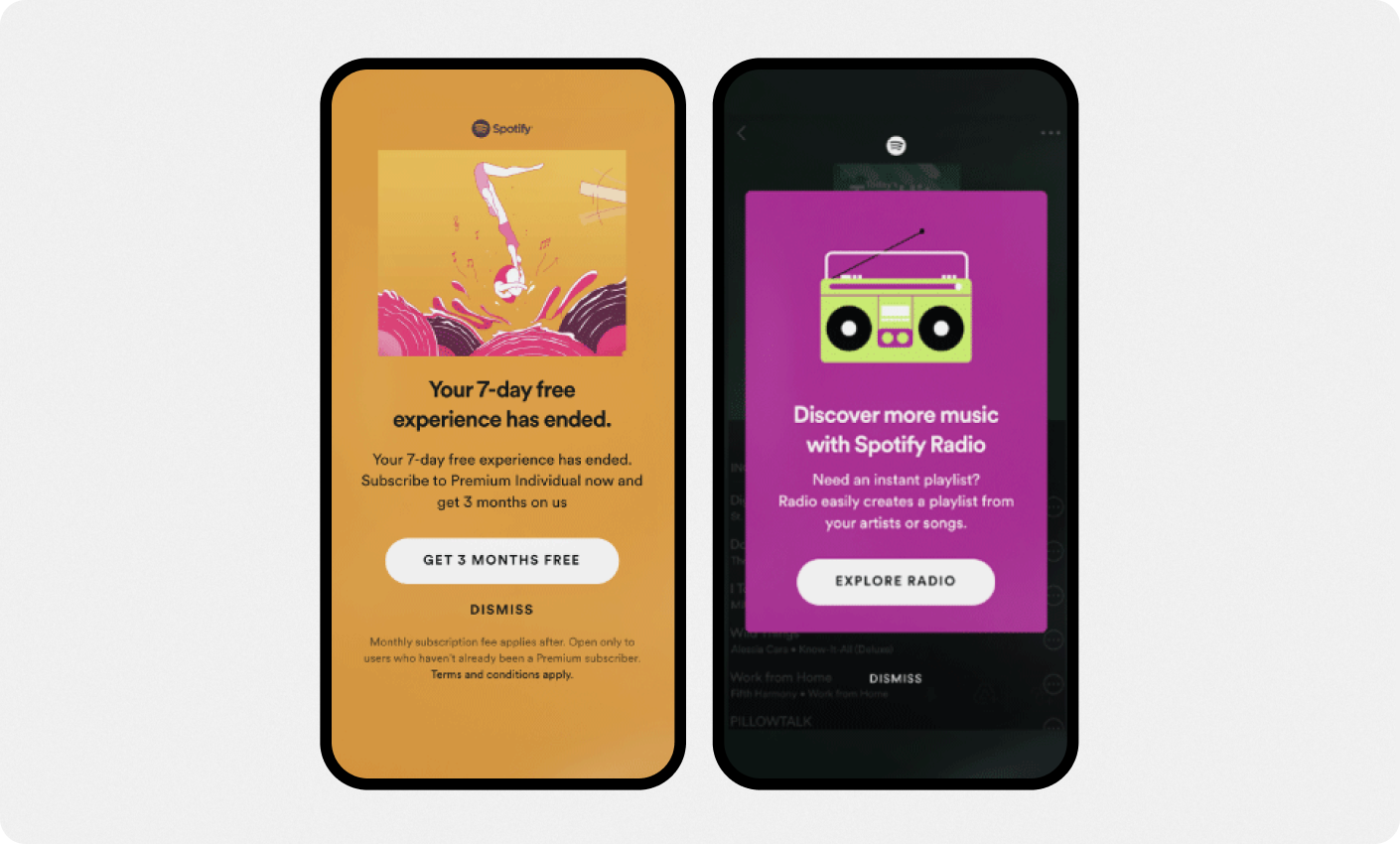
Because in-app notifications let you engage users as they're interacting with your content and features—they’re a key piece of any mobile app engagement strategy.
4. Personalize the app experience
Users who receive a personalized app experience are more likely to engage with your app and stick around.
For example, personalized over generic in-app content and messaging can increase app retention by 13%. According to Business of Apps, personalized push notifications have been shown to improve reaction rates by up to 400% compared to generic messages.
Many companies tailor the user experience to increase app engagement. This includes playlists on Spotify, search results or Airbnb, or H&M’s product recommendations in the form of custom push notifications.

You can also create and trigger custom in-app notifications based on user's behavior, on specific pages, or history to increase app engagement.
However you use it, personalization is a key mobile app engagement strategy that increases app engagement by delivering timely, relevant content and offers to users.

Delight customers with AI customer service
5. Gamify the app experience
You can increase mobile app engagement by letting users compete against themselves, their friends, and other users.
Gamification adds an element of ongoing fun to your app that helps users stay consistent with your core features. And when users achieve a win in your app, they’re more likely to tell others about it and come back for more.
Create an appealing scoreboard with graphs and colorful icons to help users visualize their progress, highlight recent achievements, and encourage feature exploration. When the user has achieved an objective, encourage them to share the accomplishment with their social network.
Duolingo, for instance, uses badges, leaderboards, and streaks to entice a habit of app usage and increase mobile app engagement.
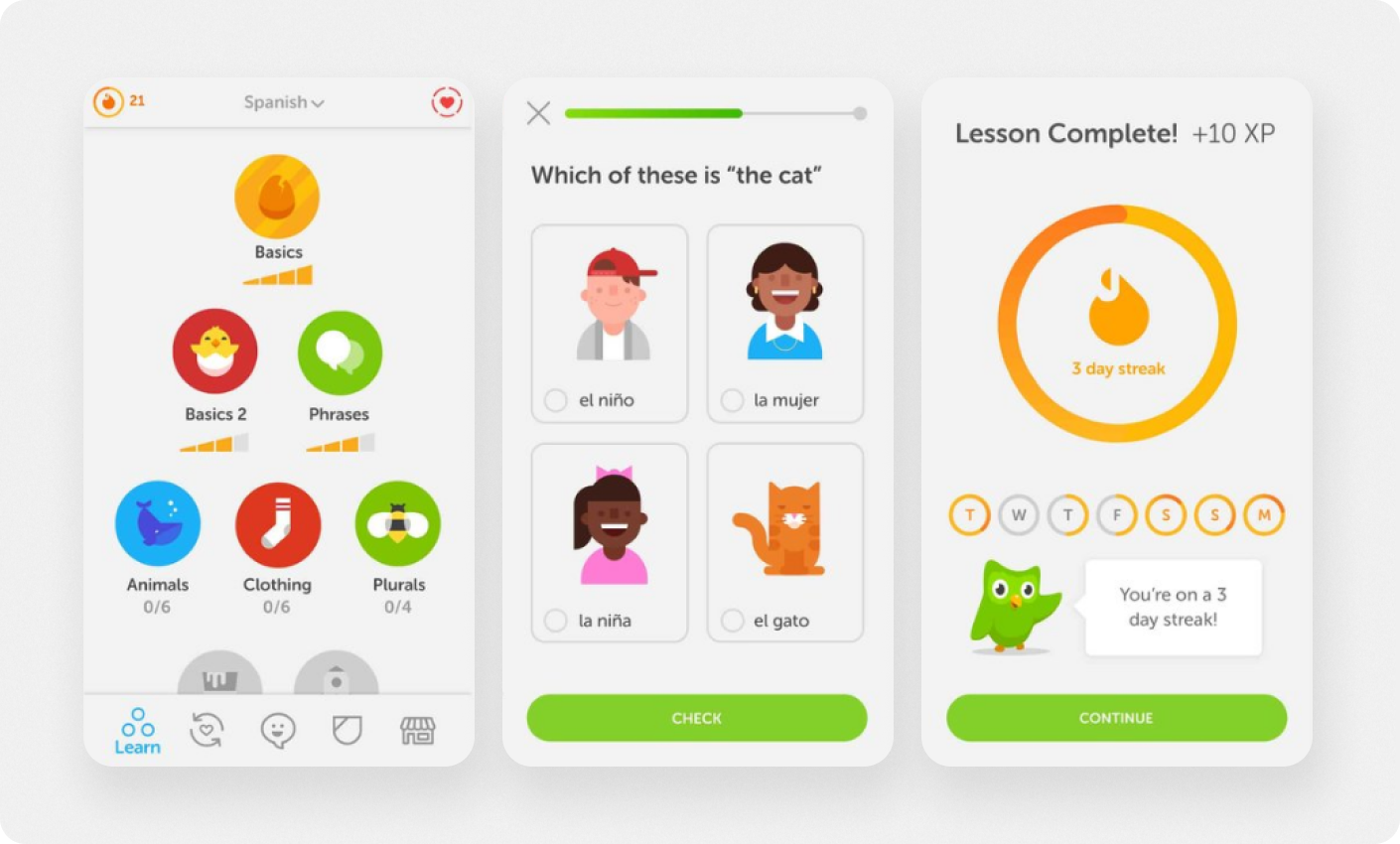
6. Provide in-app support
In-app support increases the likelihood that users will complete onboarding and get to that aha! moment without having to leave your app. This helps to increase your mobile app engagement, while also improving user satisfaction and retention.
You can offer in-app support through:
Live in-app chat
AI agents (the new version of AI chatbots)
Self-serve resources and FAQs
Interactive tutorials and guides
Community forums
These days, users want a mix of self-service resources and live support options. This allows users to get help in the way that’s most convenient and efficient for them. For example, 51% of people say they prefer support from AI agents (chatbots) to human agents when in need of immediate help.
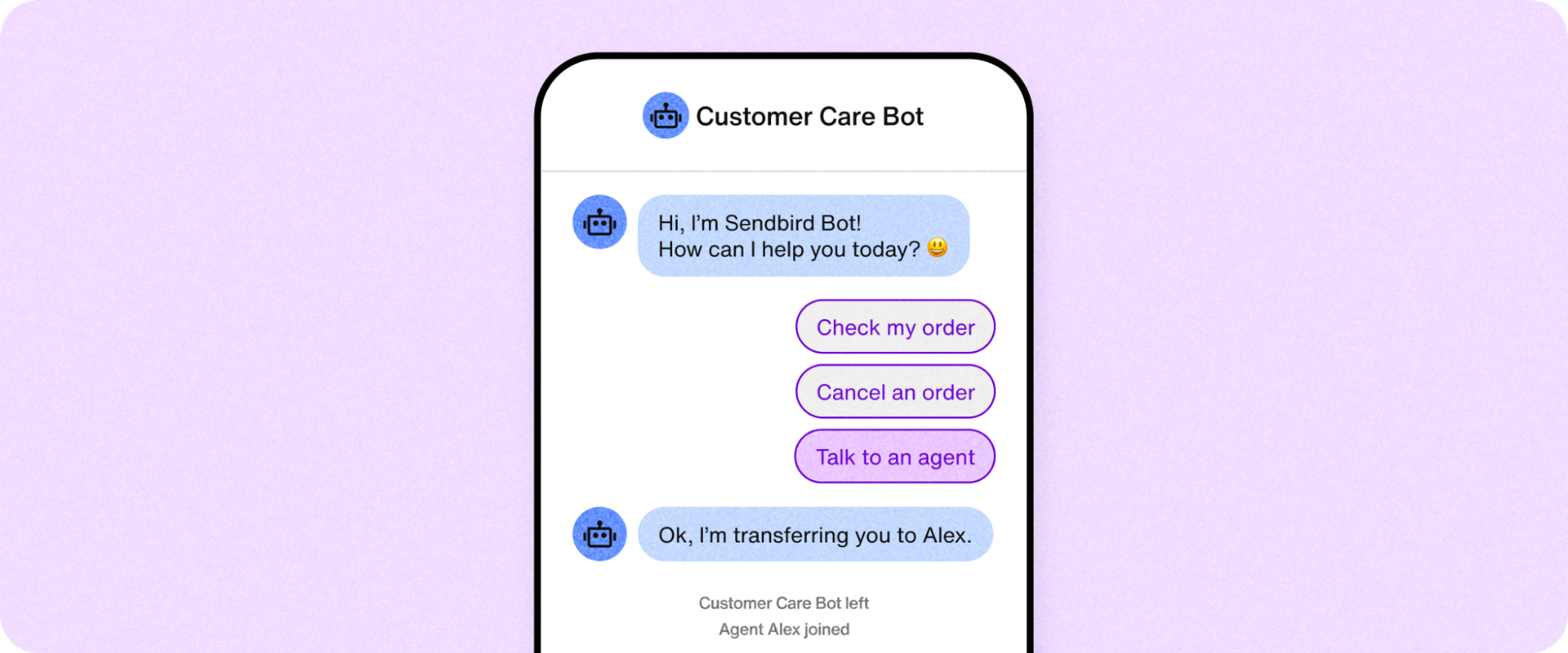
The beauty of AI concierges is that they provide 24/7 support at the exact moment users need without human oversight, which saves on support costs. Meanwhile, users get to lead the conversation in their own words, and if they need to escalate to a human agent, they can do so easily.
7. Use email and social to increase app re-engagement
Email and social media retargeting are effective strategies for engaging users outside the app and increasing app re-engagement.
For instance, you can send a series of onboarding emails to encourage users to try your most popular features, or stay top of mind by appearing in their favorite social media feed.
Refer to your product analytics to identify users who’ve gotten stuck and are likely to churn, then send them targeted content and offers. You can also use email campaigns to highlight specific features or content based on profile information or user behaviors.
For best results, be sure to include a call-to-action (CTA) link that brings users to the most relevant section of your app, instead of the home screen.

Automate customer service with AI agents
8. Add a social component
Users who can talk with friends in your app are more likely to engage repeatedly. Research shows that fostering an in-app community can help you increase user retention by 2.7x.
For a community to grow, you just need to provide a space for users to connect and share experiences. You could build a community section in your app, or add in-app chat functionality and let the community grow itself.
Sports betting apps, for example, provide 1:1 chat and group chat so users can form their own communities inside the app. Complete with features for friends lists, content moderation, and group invitations, in-app chat allows users to carve out a space in the app that’s just for them.
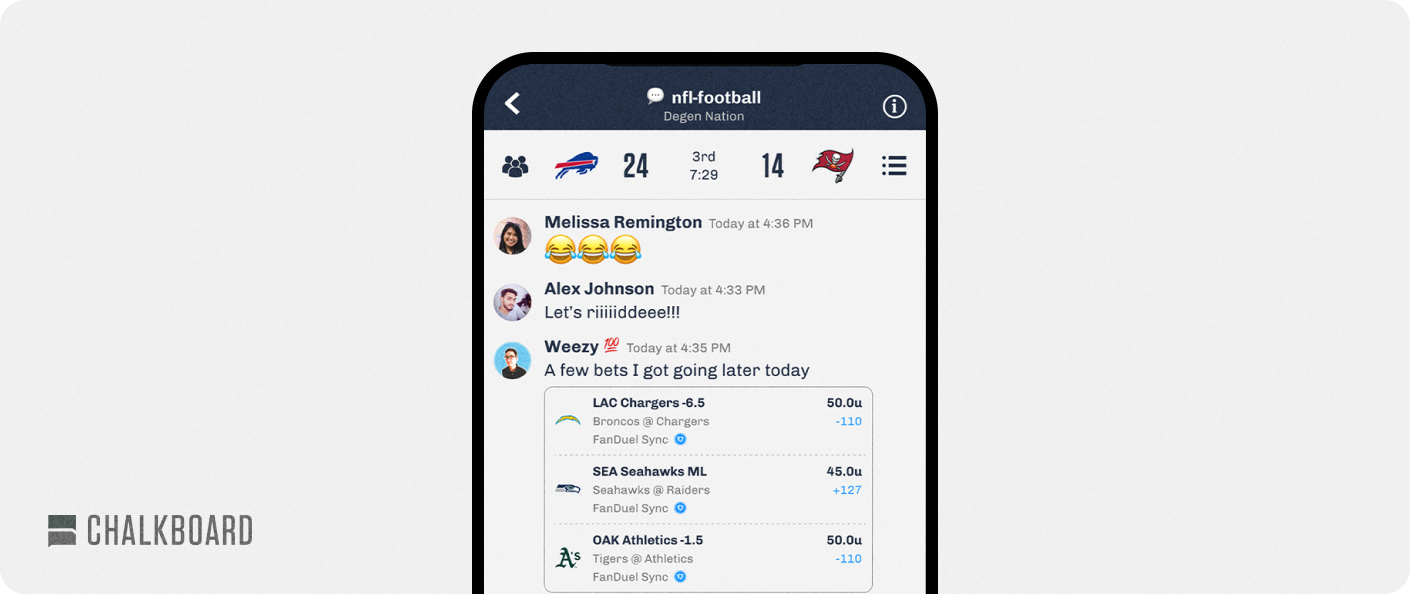
This way, users can discuss bets, player statistics, and follow the game together — all of which fosters feelings of belonging that helps to increase mobile app engagement.
9. Consider omnichannel marketing
Omnichannel marketing is about reaching your audience on all their preferred channels. The goal is to deliver a consistent experience across all touchpoints—in-app, website, SMS, social media, email—to more effectively drive user acquisition and engagement.
Omnichannel marketing increases your reach, but also provides a consistent experience that shows potential users you’re trustworthy and detail-oriented. For example, a new feature announcement that appears in users’ social feeds, email inbox, and in-app notifications all at once with a consistent message is more likely to get results than if it only appears on a limited set of channels with a different style and content.
To achieve this coverage and consistency, you must understand your customers' journey and identify their preferred channels at each stage. Then set KPIs to measure user engagement across channels, and optimize towards where you’re seeing the most success. To learn more, you can read our blog on multichannel vs omnichannel marketing.
10. Focus on your value prop from the start
You only get one chance to make a first impression. Your value proposition is your chance to grab your audience’s attention, show them how your app will solve their problems, save them time, or improve their lives.
As the pillar of your app marketing strategy, your value proposition is key to increasing app engagement and retention.
For example, the value proposition of the meditation app Headspace is: “Your lifelong guide to mental health.”
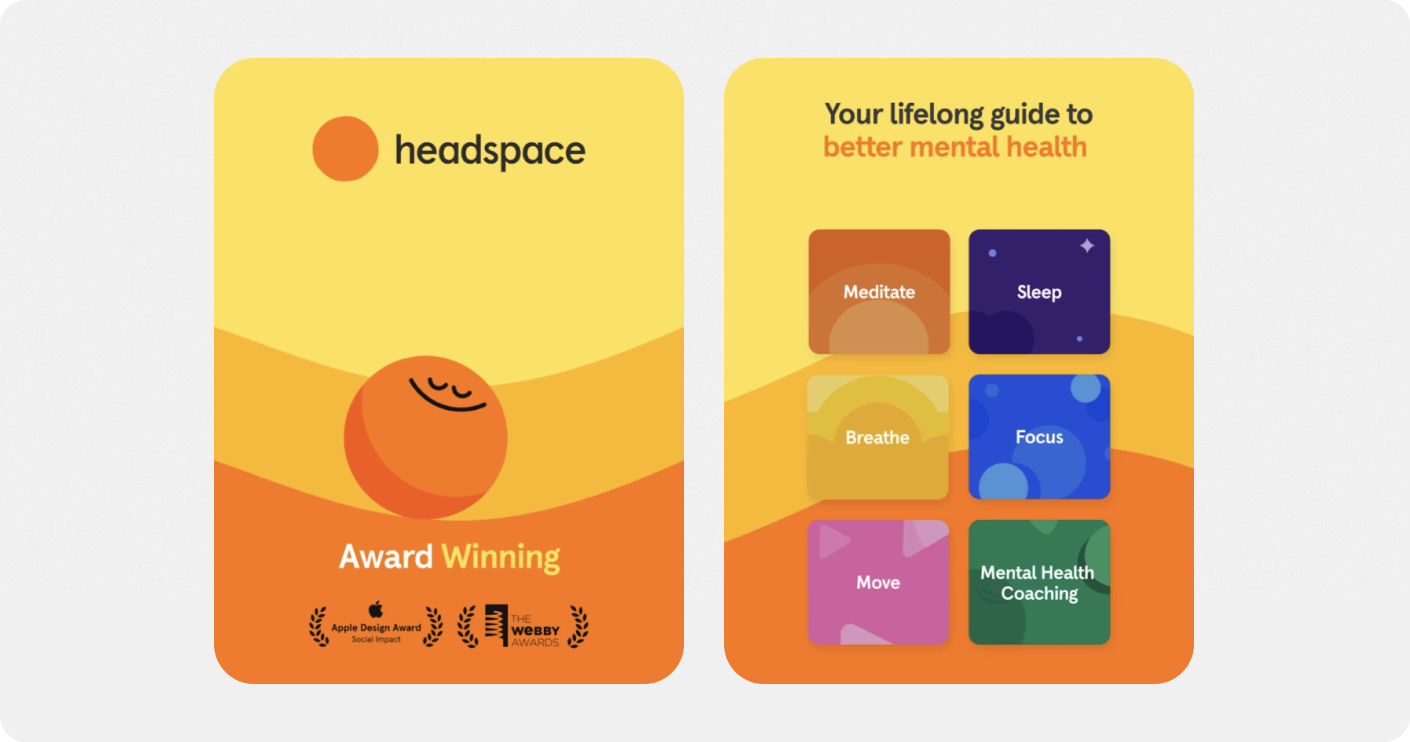
This promise is a hook for the audience, so Headspace features this messaging on its website, social accounts, app store listing, and onboarding flow to give prospective users a reason to engage.
11. Ask for feedback
One of the best ways to increase app engagement (and re-engagement) is to ask customers what they like and dislike about your app, and how to improve the experience.
This will give you actionable insights into your app experience and help you understand users—who will appreciate you asking for their opinion.
A common way to gather in-app user feedback is by incorporating surveys into the customer support process, whether during in-app chat or from an AI chatbot with a feedback form.
You can also collect feedback after relevant moments like milestones, in-app purchases, or new feature releases. Calls for feedback can appear in the UI as embedded forms or interstitial pop-ups, as shown below.
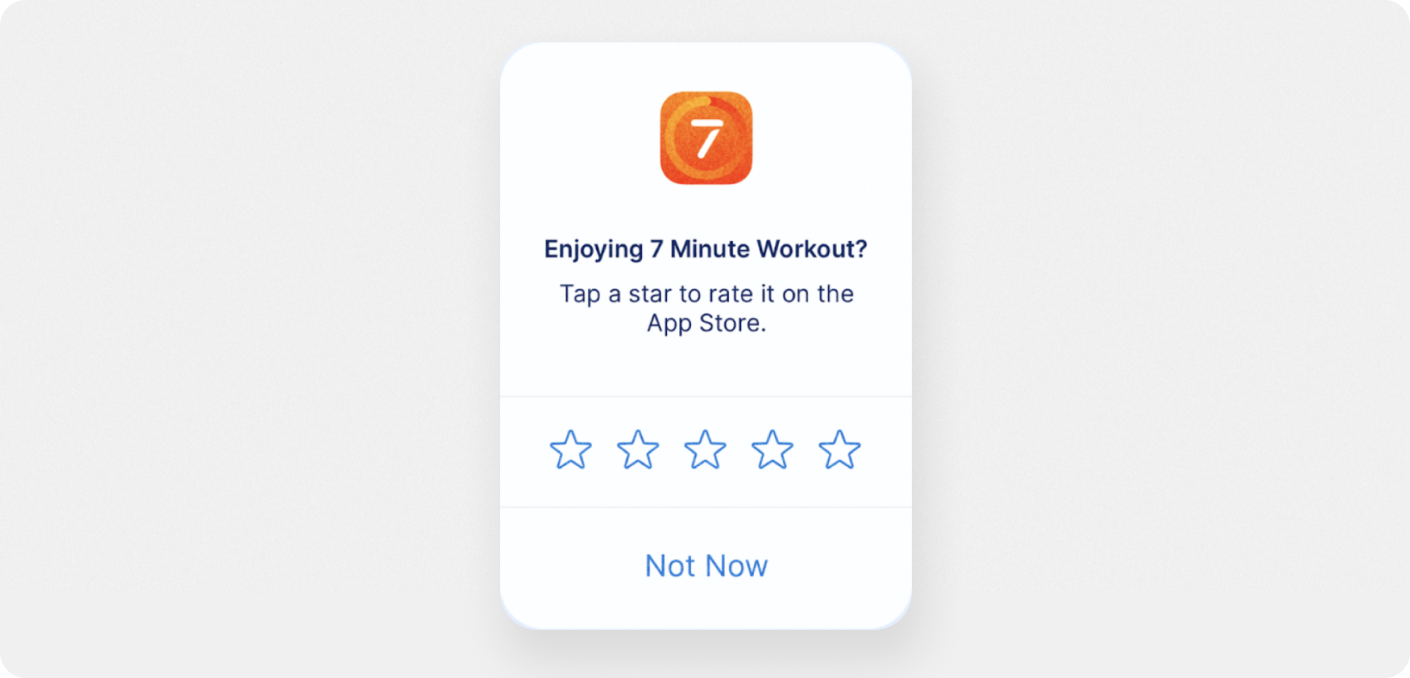
Gathering feedback is half the battle. It’s also crucial to act on the feedback you receive by replying to individual user concerns, regularly updating your app with new features or bug fixes, and informing users you’ve acted on their feedback.
How to engage and retain more users with in-app notifications
12. Offer mobile-exclusive rewards
You can increase app engagement by offering perks and loyalty rewards to users exclusively inside your mobile app. This can include discounts, freebies, competitions, or exclusive content.
Mobile-exclusive offers can be promoted on social media, website, email, or in-app. You can send in-app notifications to active users, or push notifications to draw users back into the app.
With Sendbird, you can quickly create an in-app notification center that makes it easy for users to view and manage all their in-app messages—including rewards notifications, marketing messages, and more—in one centralized interface.
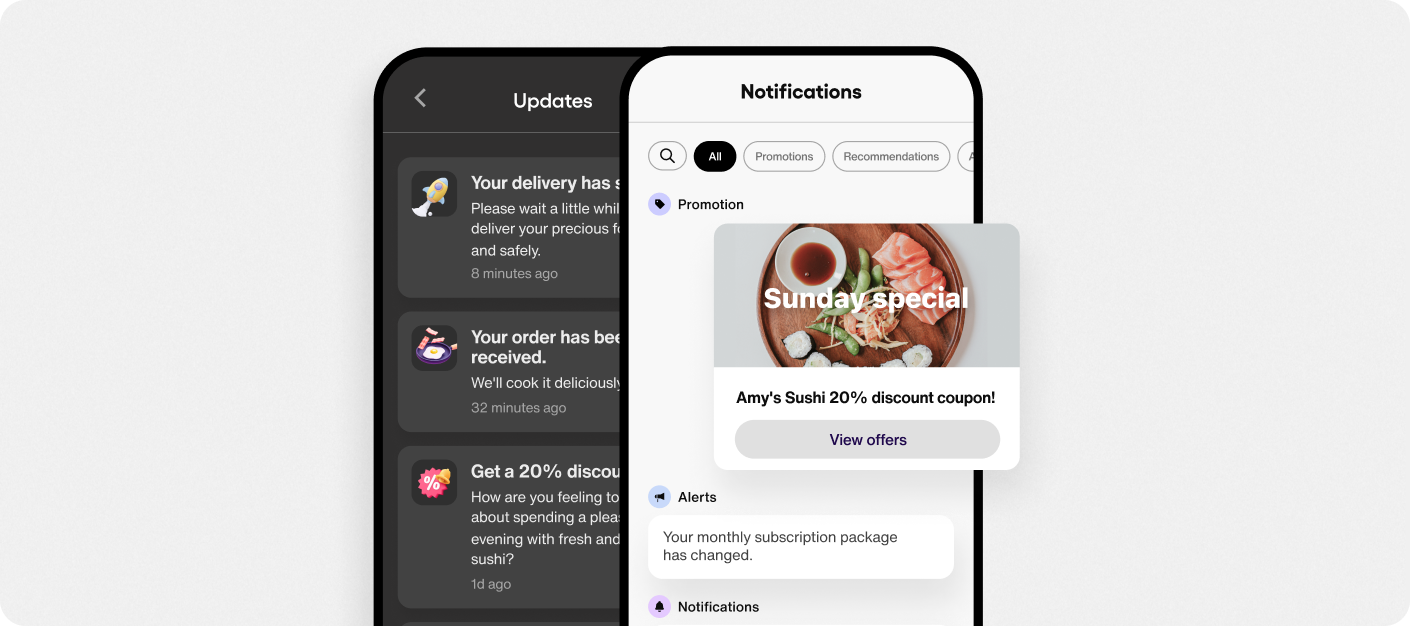
An in-app notification center not only facilitates in-app communications to increase app engagement, but provides a major upgrade to your app's user experience.
13. Test, test, test
Continuous improvement is essential to app success. Regularly testing your onboarding flow, UI performance, and functionality will ensure that you iterate into a more engaging, sticky app experience.
Product analytics platforms like PostHog or Amplitude let you track engagement and analyze user behaviors, helping you to both map the user journey and see where users are getting stuck.
These platforms include A/B testing features that deliver app iterations to targeted user groups, allowing you to evaluate the performance of specific experiences, features, or content based on key API engagement metrics. For example, you can test different onboarding flows to see which one performs best, then make a data-driven decision on how to optimize to increase app engagement.

Reinvent CX with AI agents
Increasing app engagement: It’s all about the user
The proven way to increase mobile app engagement is improving the user experience, giving users more of what they like and less of what they don’t. This means you must adapt to changing user expectations and put their wants front and center.
In combination with the strategies we talked about today, asking for feedback, analyzing behavioral data, and tracking mobile app KPIs will provide insights that guide development and optimize the app experience to be more valuable and engaging for users.
Increase app engagement with Sendbird, the leading communications API platform. Our omnichannel business messaging platform offers developer-friendly APIs for in-app notifications, push notifications that increase app engagement, plus SMS, WhatsApp, and KakaoTalk. You also get easy-to-use software for creating messages, templates, and campaigns, plus robust messaging analytics.
Create a custom in-app notification message center in your app using our UIKits for Sendbird Business Messaging or chat UIKits. Or build a bespoke version with our SDKs for iOS, Android, Flutter, and JS.
If you want to start increasing app engagement, you can build them all for free if you sign up for a 30 day free trial of Sendbird.









